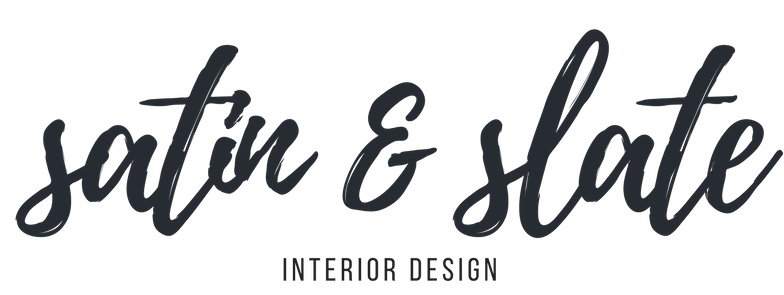Water is a precious resource, and as responsible individuals, it is crucial to prioritize water conservation in our homes. Fortunately, advancements in water conservation technologies have made it easier than ever to minimize water waste and promote sustainable living.
In this article, we’ll explore various water conservation technologies and practices that can be implemented in our homes. Join us as we delve into the world of water conservation and discover how small changes can make a significant impact.
Low-Flow Fixtures
One of the most effective ways to conserve water is by installing low-flow fixtures in our homes. Low-flow showerheads, faucets, and toilets are designed to reduce water consumption while maintaining optimal performance. These fixtures use aerators and pressure regulators to restrict water flow, resulting in substantial water savings without compromising comfort or functionality.
Dual-Flush Toilets
Dual-flush toilets offer a water-saving alternative to traditional flush toilets. They feature two buttons or handles, allowing users to choose between a partial flush for liquid waste and a full flush for solid waste. By providing different flushing options, dual-flush toilets can significantly reduce water usage, saving gallons of water per flush.
Smart Irrigation Systems
Traditional irrigation methods often lead to excessive water usage and inefficiency. Smart irrigation systems utilize advanced technologies, such as weather sensors and moisture detectors, to optimize watering schedules based on weather conditions and soil moisture levels. By delivering the right amount of water precisely where and when it’s needed, these systems prevent overwatering and minimize water waste.
Rainwater Harvesting Systems
Rainwater harvesting systems capture and store rainwater for later use, reducing dependence on municipal water supplies. These systems collect rainwater from roofs or other surfaces, channel it through gutters and downspouts, and store it in tanks or cisterns. The collected rainwater can be used for various non-potable purposes, such as watering plants, washing vehicles, or flushing toilets.
Greywater Recycling
Greywater refers to wastewater generated from activities like showering, washing hands, and laundry. Instead of sending it down the drain, greywater recycling systems treat and filter the water for reuse in irrigation or toilet flushing. This practice not only reduces freshwater usage but also alleviates the strain on wastewater treatment plants.
Leak Detection Systems
Undetected leaks can lead to significant water wastage and increased utility bills. Leak detection systems, such as smart water meters and leak sensors, help identify leaks in real-time. These systems send alerts or shut off the water supply when a leak is detected, enabling prompt repairs and preventing water loss.
Water conservation is a responsibility we all share, and by implementing water-saving technologies and practices in our homes, we can make a meaningful difference. Let’s embrace these technologies and practices, recognizing the value of water as a finite resource. Together, we can build a more water-conscious future.
If you liked this article, you might also want to check out, Smart Thermostats: Effortless Energy Optimization in Homes.
About Us:
Founded in 2017, Satin and Slate is one of the elite interior design studios in Southern California. Located in Long Beach, this dedicated team of designers oversees from kitchen and bathroom renovations to commercial projects. Equipped with their own showroom/studio they can satisfy the needs of any client. Featuring clean lines, bright colors and fresh ideas Satin and Slate’s mission is to bring your vision to life and help transform your space into something extraordinary.




 Mary Kay Nibley, Rodeo Realty
Mary Kay Nibley, Rodeo Realty